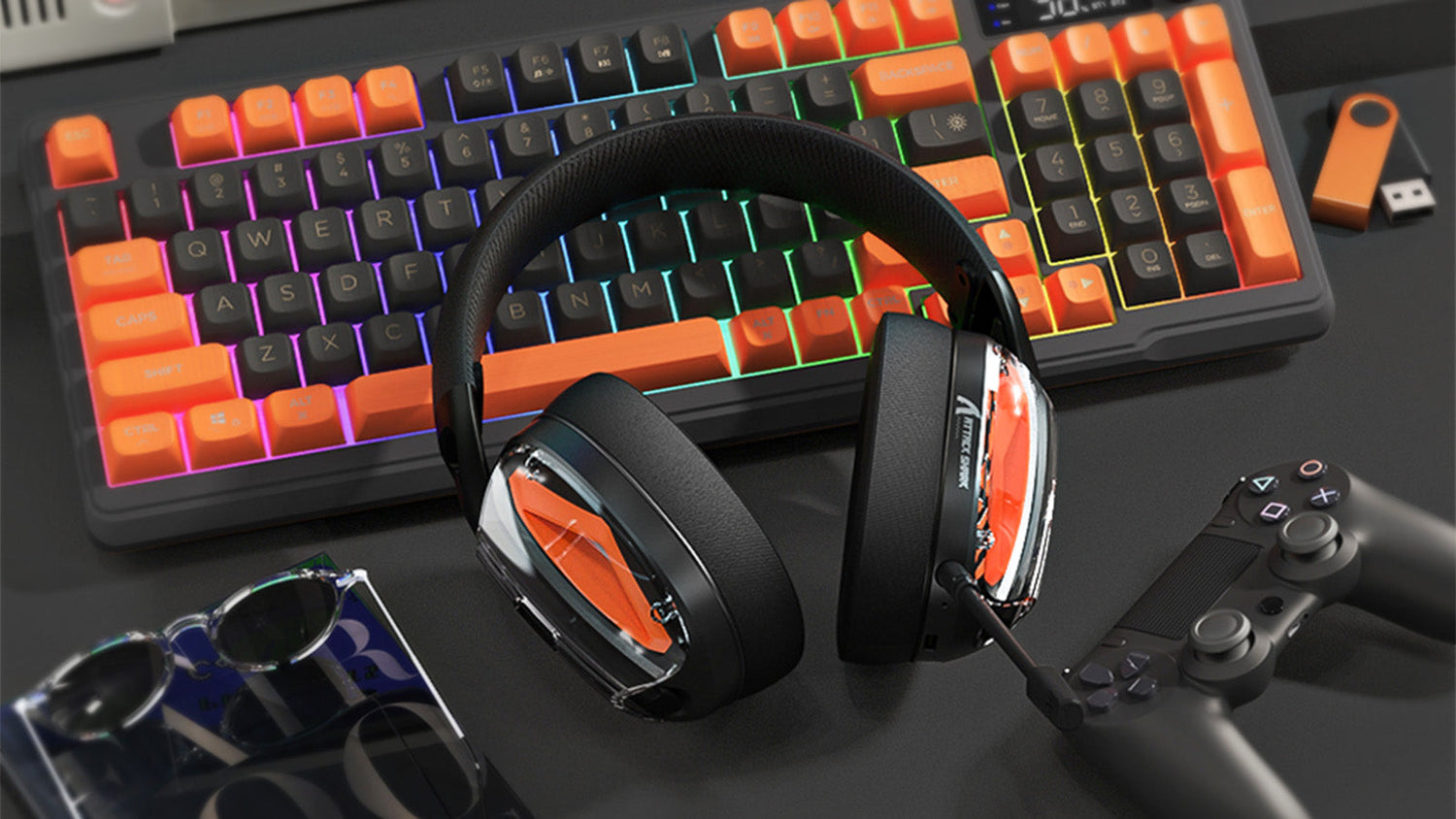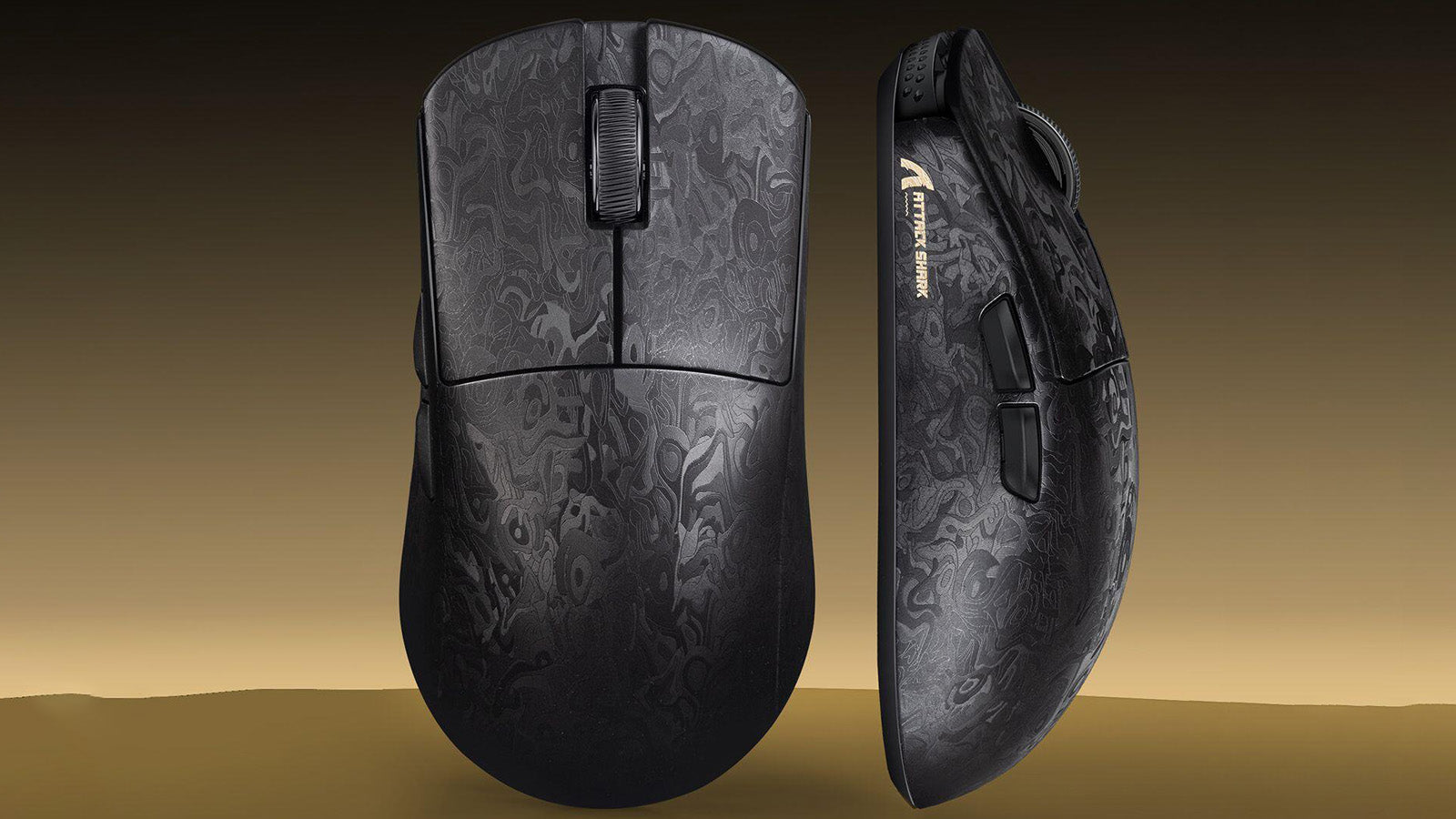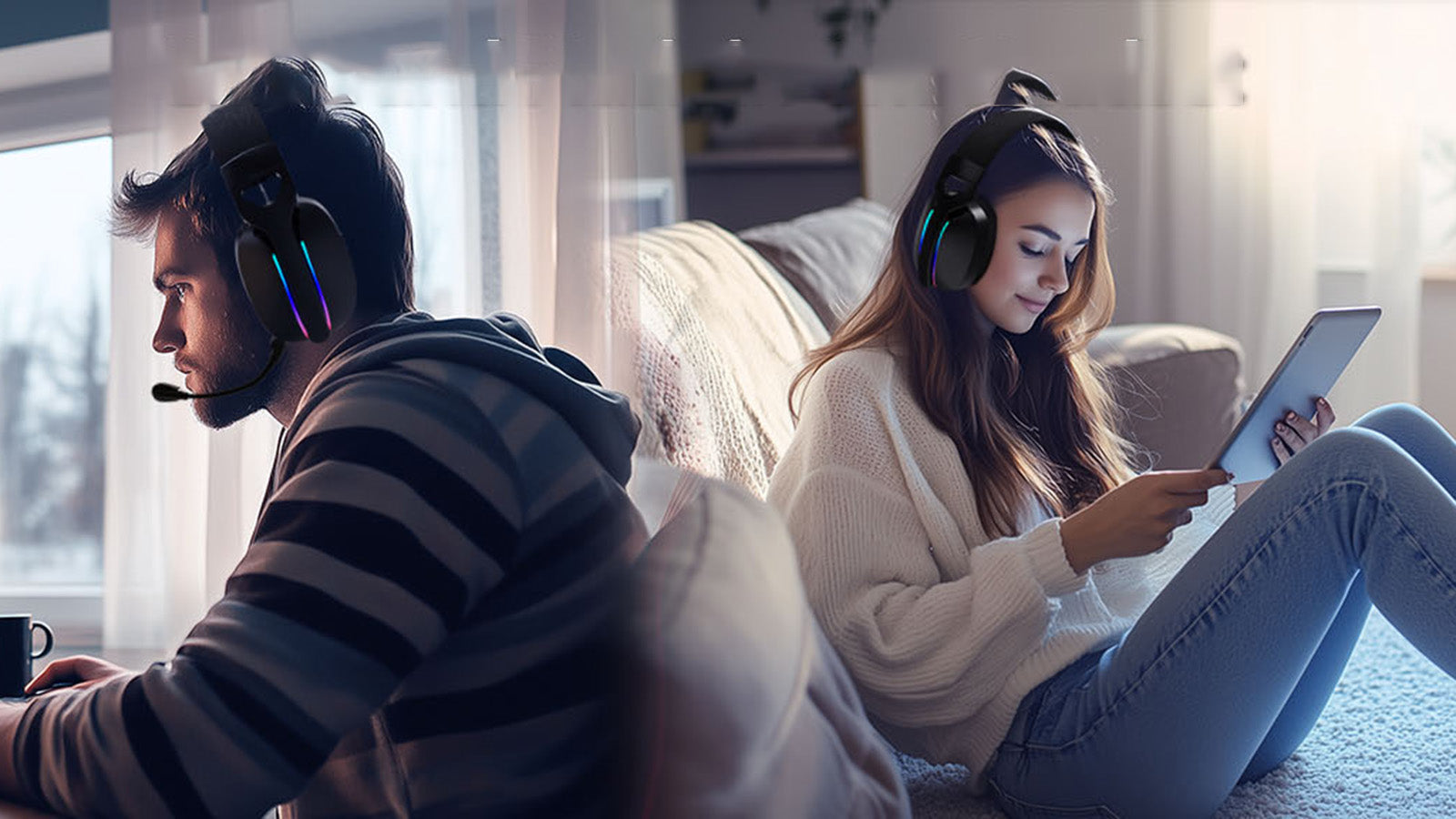ワイヤレスヘッドセットが突然動かなくなるほどイライラすることはほとんどないでしょう。ゲームをしたり、仕事の電話に出たり、音楽を聴いたりする準備が整ったのに…何も聞こえない。ただ静寂だけが残る。ワイヤレスの自由はあっという間にイライラの種となり、何が壊れたのか分からなくなってしまいます。ヘッドセットなのか、コンピューターなのか、それとも全く別の何かなのか?

幸いなことに、こうした接続の問題のほとんどは、よくあるいくつかの問題が原因で、通常は簡単に解決できます。このガイドでは、問題の原因を特定し、音声を復旧するための簡単な手順を説明します。
1. 明らかなことから始める
複雑な設定をいじり始める前に、必ず基本事項を確認してください。馬鹿げているように聞こえるかもしれませんが、驚くほど簡単なことで問題が解決することがよくあります。
バッテリーと電源を確認する
ヘッドセットが接続されない一番の原因はこれです。まず、ヘッドセットの電源がオンになっていることを確認してください。次に、バッテリー残量を確認してください。バッテリー残量が少ない、または完全に切れていることが、接続が切れたり、接続に失敗する最も一般的な原因です。不明な場合は、他の操作を試す前に、ヘッドセットをコンセントに接続して少なくとも30 分間充電してください。このような問題は時々発生しますが、 高品質のヘッドセットを使用することで得られるメリットは、問題が発生した場合のトラブルシューティングにかかる時間をはるかに上回ります。
音量ボタンまたはミュートボタンを押してしまいましたか?
接続はされているのに、何も聞こえない。慌てる前に、ヘッドセット本体のボタンを確認しましょう。音量ホイールを誤ってゼロまで回してしまったり、ミュートボタンを押してしまったりすることはよくあることです。ヘッドセットの音量が上がっていること、そしてミュートされていないことを確認してください。パソコンやスマートフォンの音量も忘れずに確認してください。

2. Bluetoothの悩みを解決する
簡単なチェックがうまくいかなかった場合は、 Bluetoothのペアリングに問題がある可能性があります。接続が不良または不安定な場合、コンピューター上では接続済みと表示されていても、ヘッドセットが動作しないことがあります。
「忘れて再ペアリング」のトリック
これはほとんどのBluetoothの問題を魔法のように解決します。古い接続を削除して、最初からやり直すだけです。
- コンピュータまたは携帯電話の Bluetooth 設定に移動します。
- デバイスのリストでヘッドセットを見つけます。
- それをクリックして、「このデバイスを忘れる」または「デバイスを削除する」オプションを選択します。
これにより、バグが発生しやすい古い接続が解消されます。これでヘッドセットを初めて接続した時のように再びペアリングできるようになり、隠れたソフトウェアの問題も解決されるはずです。
あなたは本当に「ペアリングモード」になっていますか?
これは非常によくある間違いです。ヘッドセットの電源を入れるだけで接続できるとは期待できません。新しいデバイスを探すために、特別な「ペアリングモード」に切り替える必要があります。通常は、電源ボタンを数秒間長押しして、小さなライト(多くの場合、青と赤)が点滅し始めるまで待ちます。ヘッドセットのマニュアルをよく読んで、接続する前に必ずこのモードになっていることを確認してください。
邪魔になるものがないか確認する
Bluetoothは混雑した無線周波数を使用しているため、他の要因によって信号が乱れる可能性があります。音声が途切れたり途切れたりする場合は、周囲に干渉の原因となるものがないか確認してください。
- その他のデバイス:マウス、キーボード、スピーカーなど、他のBluetooth 機器を複数使用している場合、問題が発生する可能性があります。使用していない機器の電源をオフにしてみてください。Wi-Fiルーターや電子レンジも干渉する可能性があります。
- 壁や電波状況の悪い場所:Bluetoothの電波は非常に弱く、壁などの障害物を通り抜けるのが困難です。可能であれば、ヘッドセットとパソコンの間に見通しの良い場所を確保してください。

3. USBドングル付きヘッドセットの場合
多くのゲーミングヘッドセットやオフィス用ヘッドセットは、 Bluetooth 直接接続ではなく、小さなUSBドングルを使用しています。お使いのヘッドセットにこのようなドングルが搭載されている場合は、トラブルシューティングが少し異なります。
まず、ドングルがしっかりと差し込まれていることを確認してください。もし差し込まれている場合は、別のUSBポートに差し込んでみてください。特定のポートが不安定になる場合もあります。また、USBハブは問題を引き起こす可能性があるため、ドングルをUSBハブではなくコンピューターに直接接続することをお勧めします。
最後に、ソフトウェアのインストールが必要かどうかを確認してください。ほとんどの機種はプラグアンドプレイで動作しますが、一部の高級モデルでは、メーカーのウェブサイトからプログラムをインストールしないと正常に動作しない場合があります。
4. PCのソフトウェア設定を調べる
すべてが接続されているように見えてもまだ音が出ない場合は、問題はコンピューターの設定に隠れている可能性があります。
デフォルトのデバイスにする
これはWindowsでもMacでも頻繁に発生します。コンピューターはヘッドセットに接続されていますが、スピーカーから音を再生しようとしています。
- Windows の場合: タスクバーの小さなスピーカー アイコンを右クリックし、「サウンド設定」に移動し、「出力」および「入力」ドロップダウンでワイヤレス ヘッドセットが選択されていることを確認します。
- macOS の場合: 「システム設定」>「サウンド」に移動し、「出力」タブと「入力」タブでワイヤレス ヘッドセットをクリックします。
ドライバーを更新する
ドライバとは、コンピュータとハードウェアの通信を助ける小さなソフトウェアです。古かったり、不具合があったりすると、さまざまな問題を引き起こす可能性があります。
Windowsの場合:「デバイスマネージャー」を開き、ヘッドセット(「サウンド」または「Bluetooth」の下にあるかもしれません)を見つけて右クリックし、「ドライバーの更新」を選択します。それでも問題が解決しない場合は、「デバイスのアンインストール」をお試しください。これは安全ですのでご安心ください。コンピューターを再起動するだけで、Windowsが自動的にドライバーを再インストールします。
ヘッドセットのせいではないとき
あらゆる方法を試しても問題が解決しない場合があります。その場合は、ヘッドセットに問題があるわけではないかもしれません。
パソコンやスマートフォンを再起動するだけで、接続をブロックしている可能性のある奇妙なソフトウェアの不具合が驚くほど多く修復できます。これは、ある意味、最も古くからある対策です。
また、パソコンのOSが最新かどうかも確認してください。アップデートにはBluetoothのバグ修正が含まれていることが多いためです。また、 DiscordやZoomなど特定のアプリでのみ問題が発生する場合は、そのアプリのオーディオ設定を確認し、ヘッドセットを使用するように設定されていることを確認してください。
結論
ワイヤレスヘッドセットが接続できないと本当にイライラしますが、解決方法は通常とても簡単です。まずは基本的なことから始め、Bluetooth 接続を確認し、パソコンの設定を確認すれば、ほとんどの問題は自分で解決できます。さあ、深呼吸をして、以下の手順に従ってください。すぐにワイヤレスオーディオが使えるようになります。






コメントを書く
このサイトはhCaptchaによって保護されており、hCaptchaプライバシーポリシーおよび利用規約が適用されます。